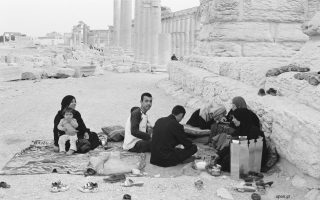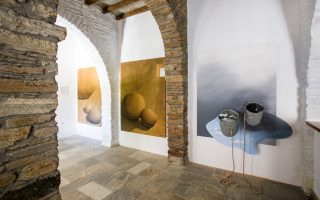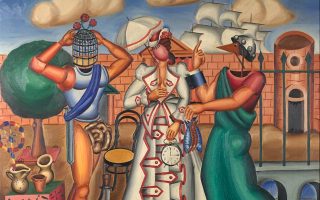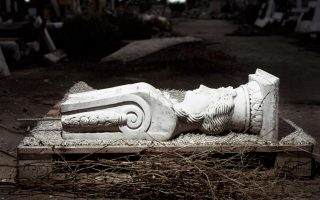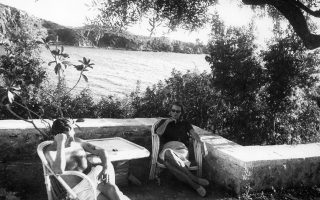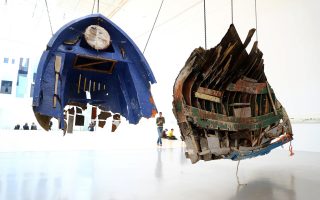Folk dance aficionado gives Playmobil figures a traditional Greek makeover
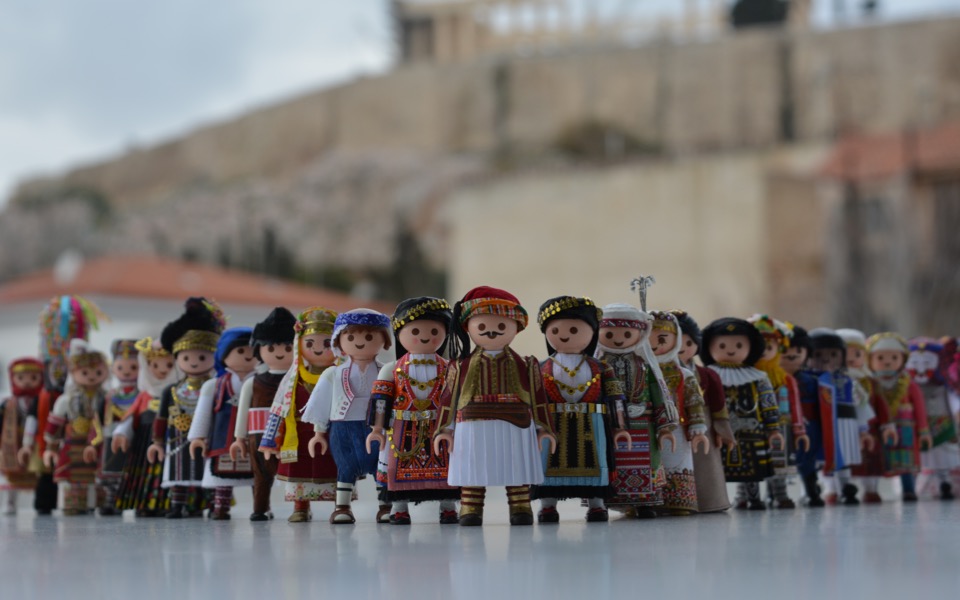
Customized Playmobil figures are a big thing – the toy company’s website even has a set of guidelines on the matter. Collectors will no doubt be aware of the figures from Greek history and mythology, but 20-year-old Petros Kaminiotis’s series of ornate traditional Greek costumes in miniature for the iconic figures take the pursuit to a whole new level.
“I remember playing with Playmobil figures as a little boy and learning about traditional dances, and wanting to combine the two,” said Kaminiotis just a few days after finishing Skopelitissa, a female figure dressed in the traditional dress worn by women on the island of Skopelos in the western Aegean, distinguished by its rich drapery and floral motifs, a lace head-kerchief and jewelry.
Kaminiotis goes to great lengths to get each costume he crafts just right, conducting extensive research before cutting out the patterns. “I study quite a lot, and I also have friends who work in theater costume departments who advise me,” he said. “My favorites are the bridal costumes because they’re so impressive.”
Once he has cut the material, Kaminiotis paints on the decorative motifs and details by hands. He mainly uses paper, but also lace, gold-colored cardboard, ribbons for the silk effects, and sequins and other craft materials for the jewelry.
“What I love about these figurines is that you can make up your own story. They are designed to sport different accessories, so I decided to make my own. I started with napkins and watercolors, but the result wasn’t that great. Now I use acrylics and the costumes I make are an almost perfect replica of the real thing,” grinned Kaminiotis.
Skopelitissa can now be viewed among other figures dressed as King Otto and Queen Amalia, a shepherd from Skyros, a janissary, a Naousa Carnival Boula and other colorful characters on display at the Vakratsa Mansion on the island of Skopelos through September 3 as part of the Diamantis Palaiologos Folklore Dance Festival.
“What I find interesting about traditional costumes and dancing is that they teach me a little bit about the history of Greece and how our forefathers lived,” said Kaminiotis, who has been dancing with folk groups since he was a boy and speaks of a growing interest among young Greeks in folk traditions. “It’s a beautiful thing that nothing was without purpose: Everything had a meaning – the dance gestures, the clothes. On the islands, for example, dances served as means of courtship between men and women, and if a woman washed a man’s kerchief, it was a sign that she was very interested in him.”
